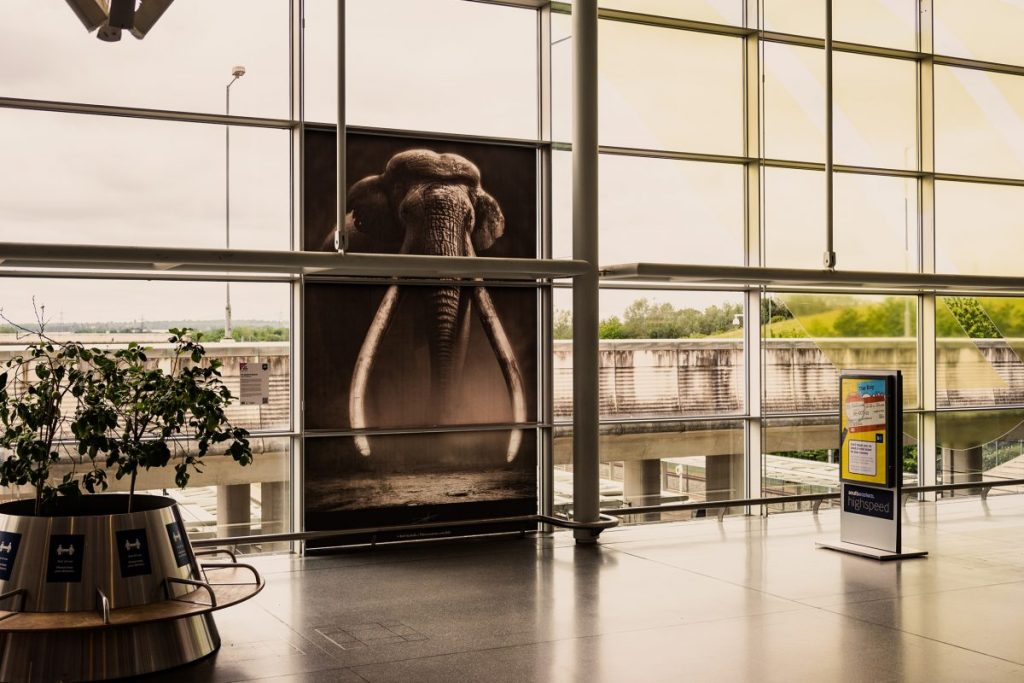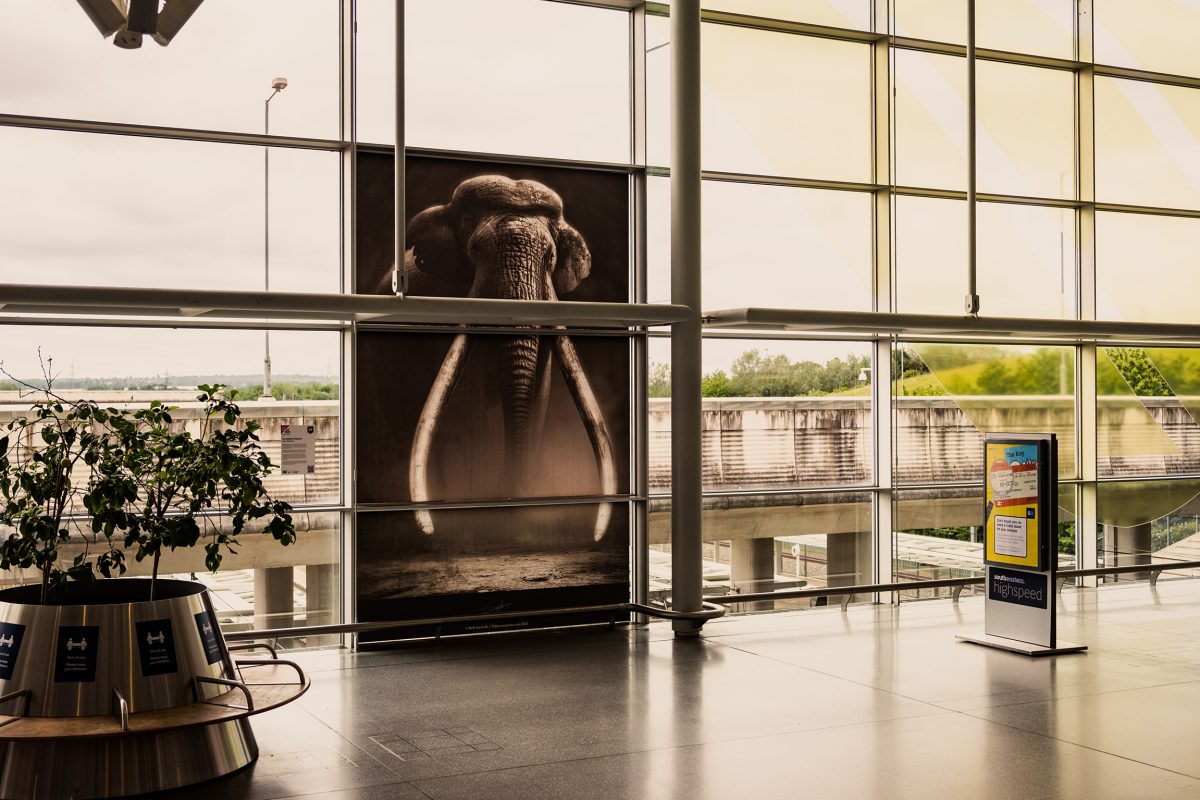Artist Emily Whitebread responds to Ebbsfleet, its communities, and history

Between January and June, four artists undertook micro-commissions, researching and responding to Ebbsfleet and its communities. Through these different projects, the artists explored the plans for the new garden city, worked with local people, and researched the histories of the area.
The outcomes of these micro-commissions were displayed publicly as part of Estuary 2021 – a large-scale arts festival celebrating the lives, landscapes, and histories of the Thames Estuary.
Emily Whitebread’s audio-visual work looks at, and attempts to reconstruct, a prehistoric elephant whose fossil remains were discovered during the construction of Ebbsfleet International Station.
The elephant (Palaeoloxodon antiquus, straight-tusked elephant) lived in what is now Britain during the Lower Palaeolithic period – the prehistoric period during which stone tools were made by humans.
The challenge lay in the fact that the information surrounding this interglacial period is provisional and fluid. Which species of human ancestor lived in Britain at the time is also unknown, as few contemporary hominin fossil remains have been found. There is no direct evidence as to how the Ebbsfleet Elephant died, but it is suggested that it may have been hunted and killed by the hominins of this period as it was found surrounded by flint tools used for butchery.
Emily’s attempt to reconstruct the Ebbsfleet Elephant was installed at Ebbsfleet International Station and included work with an archeologist, a geologist, a historian, a paleolithic artist, a biologist and anthropologist.





